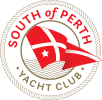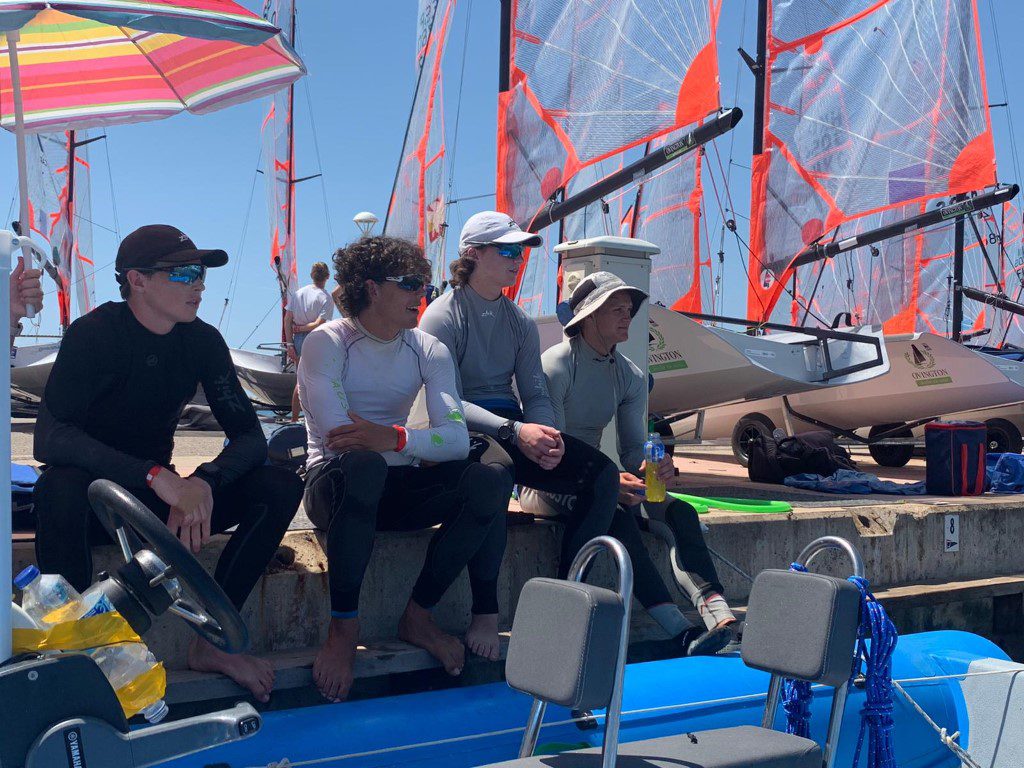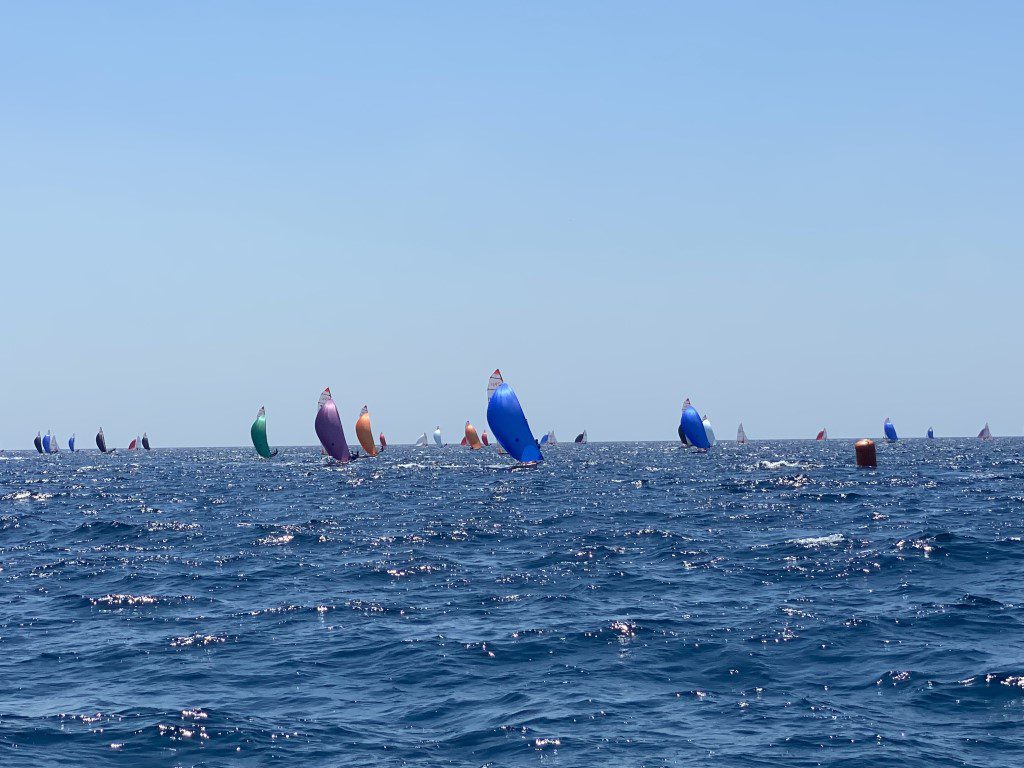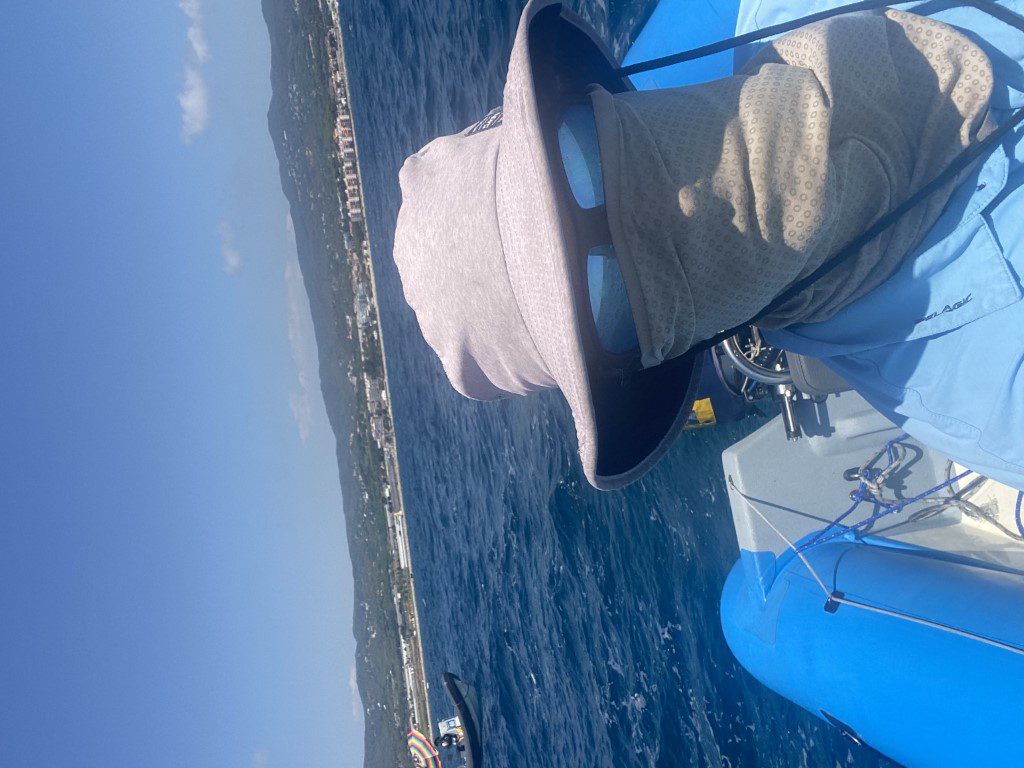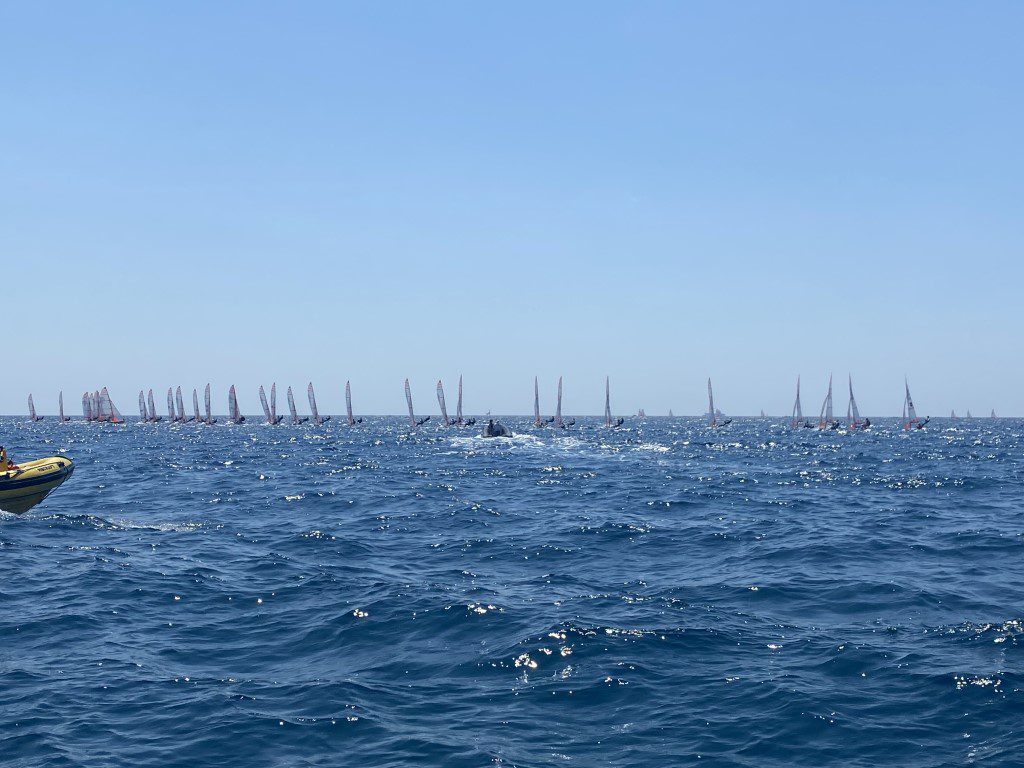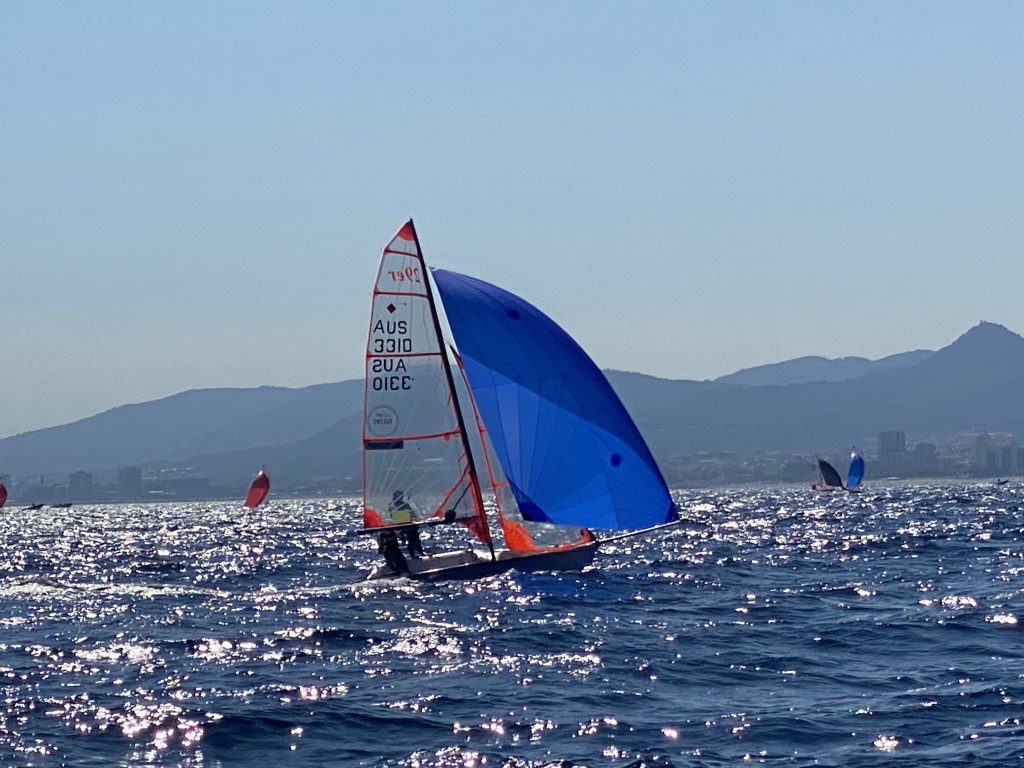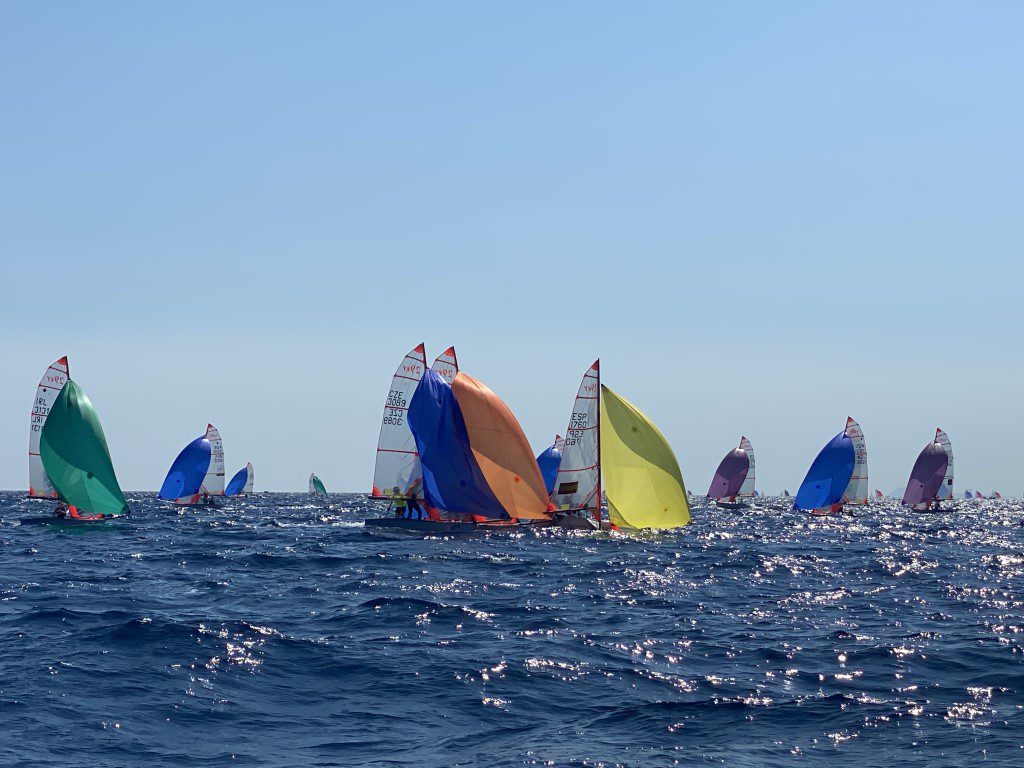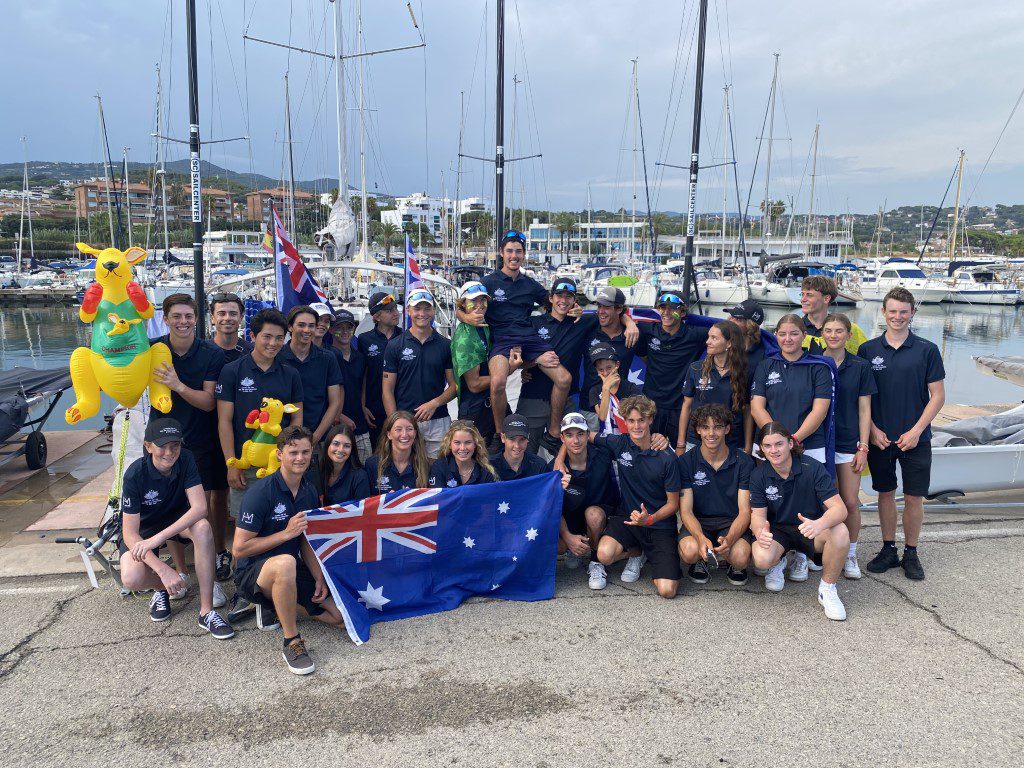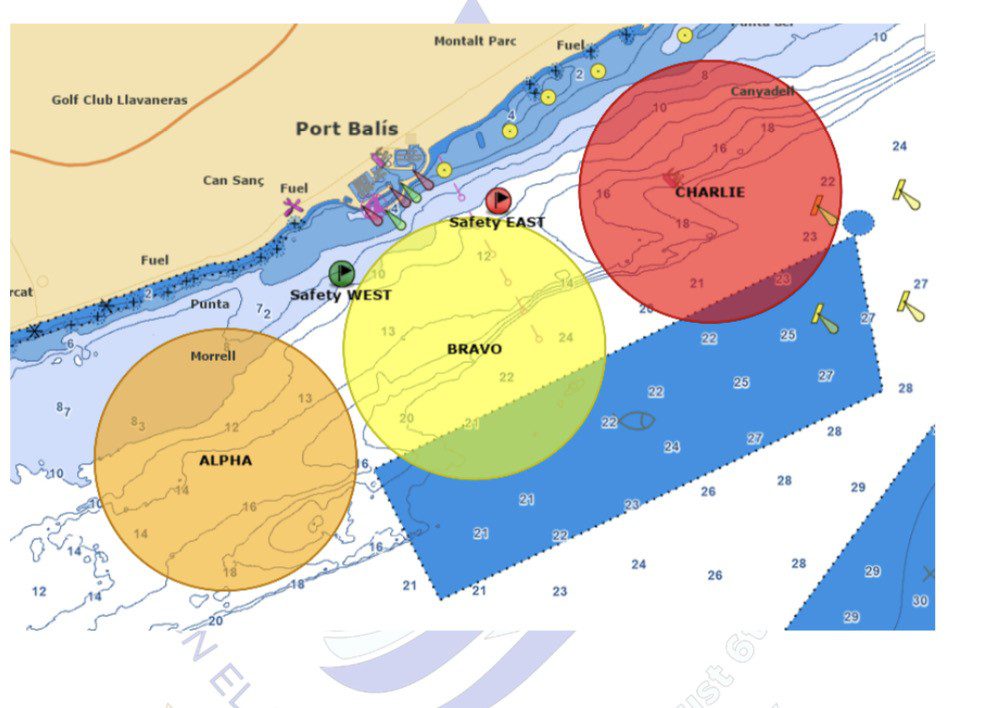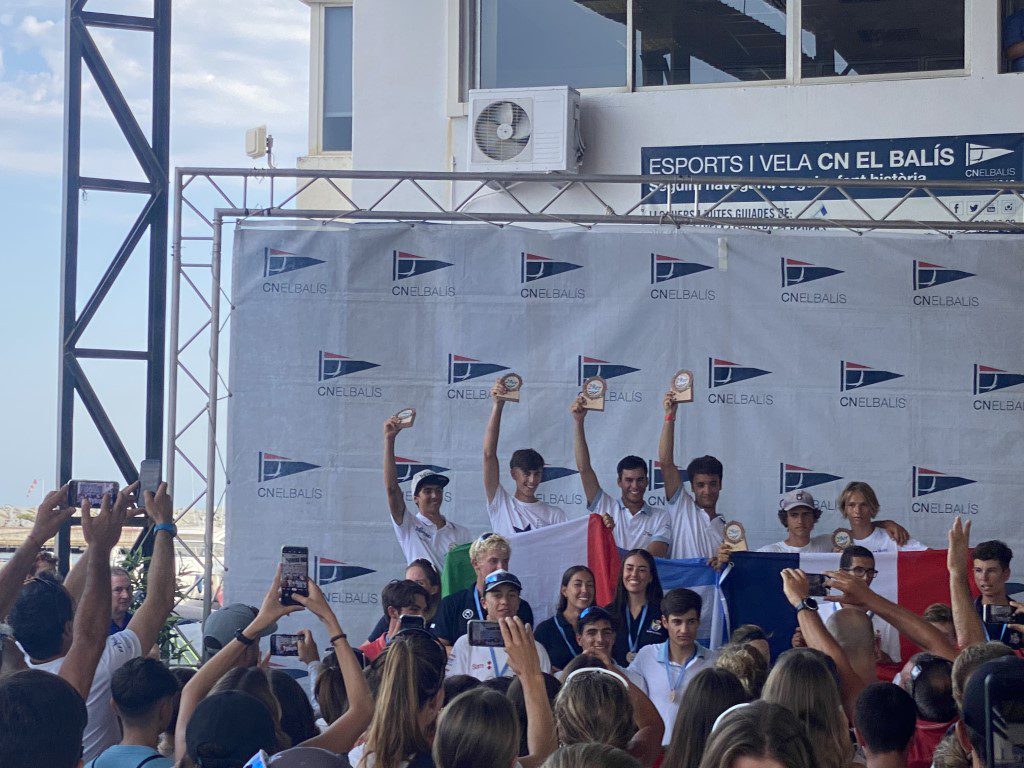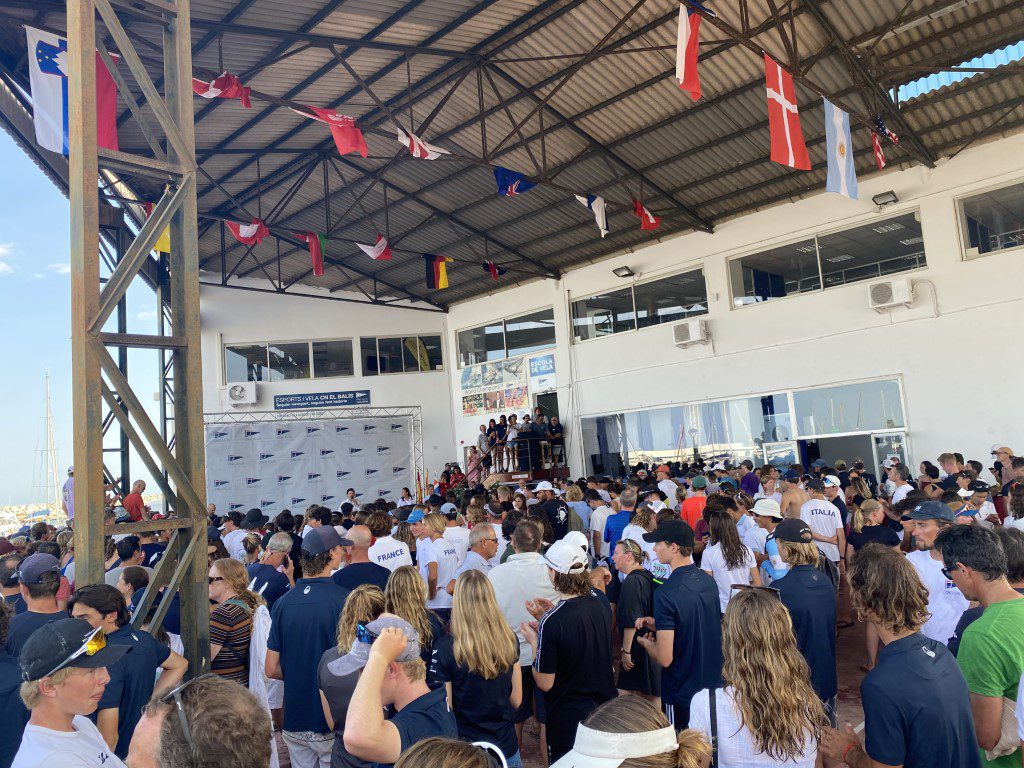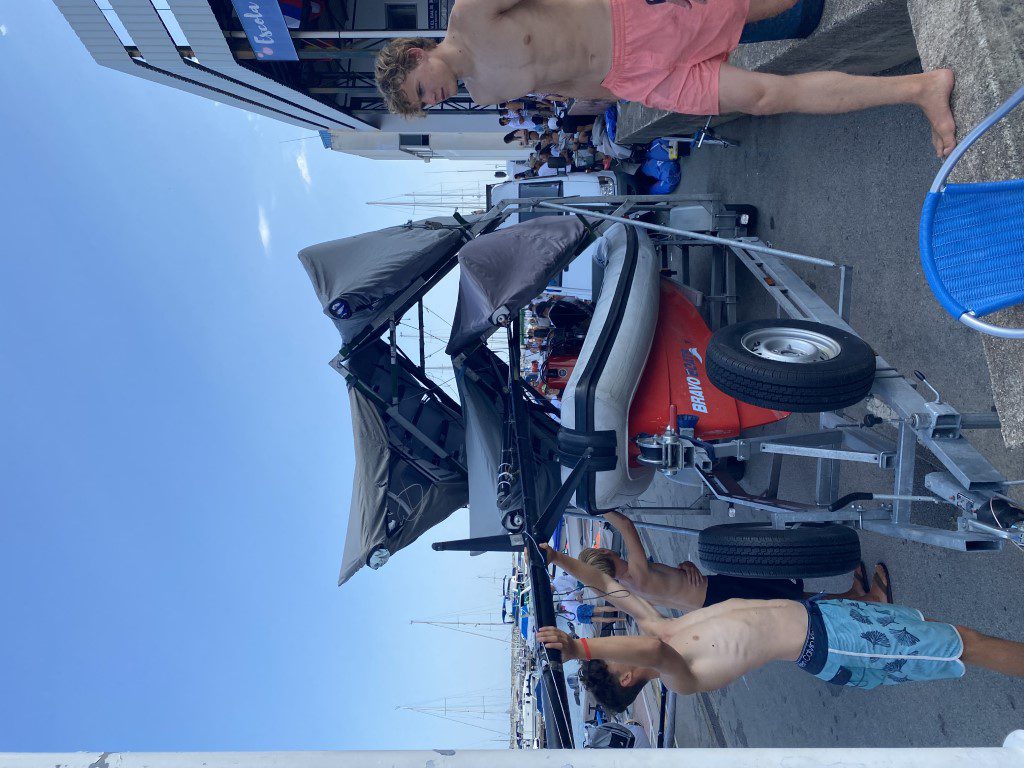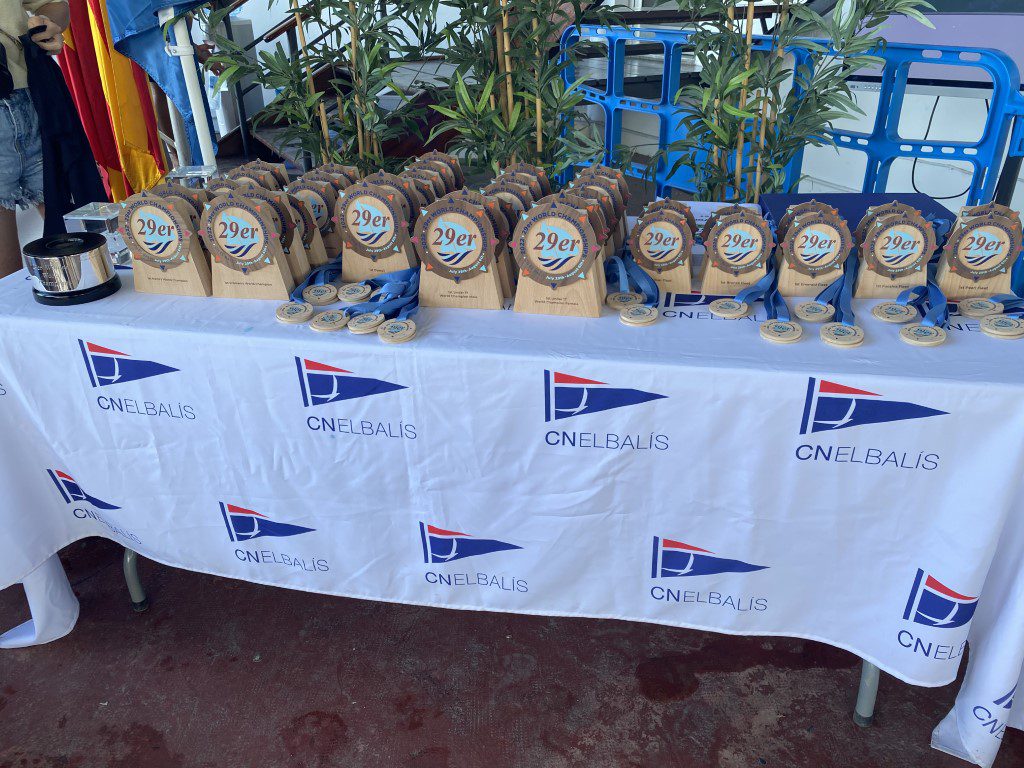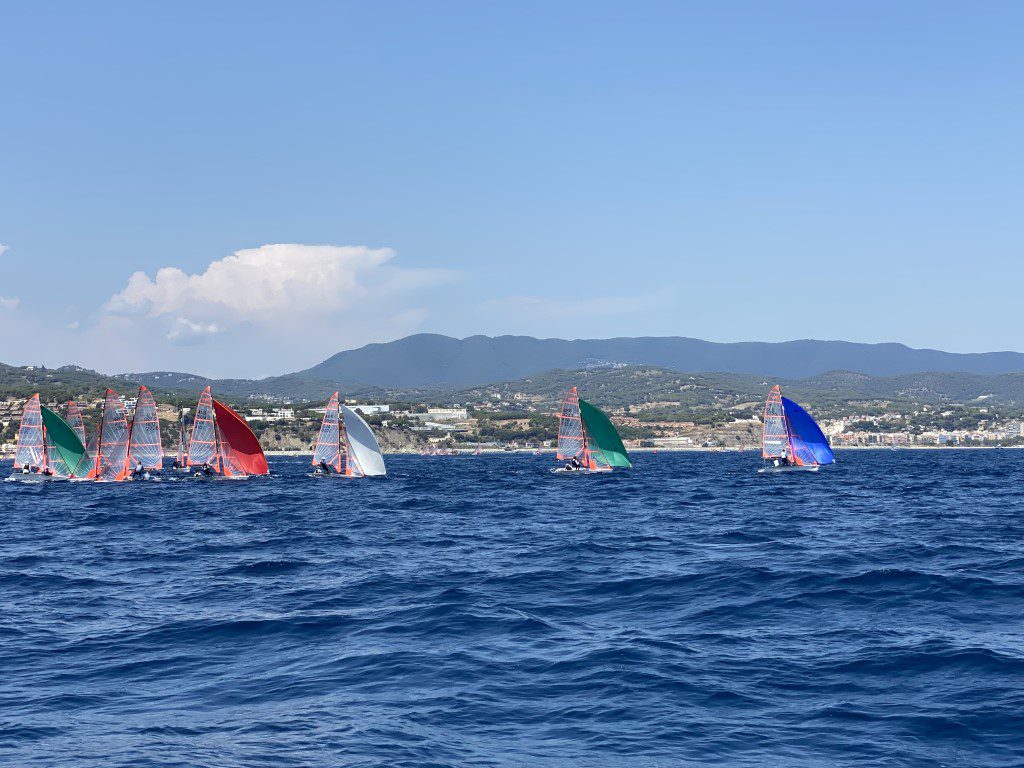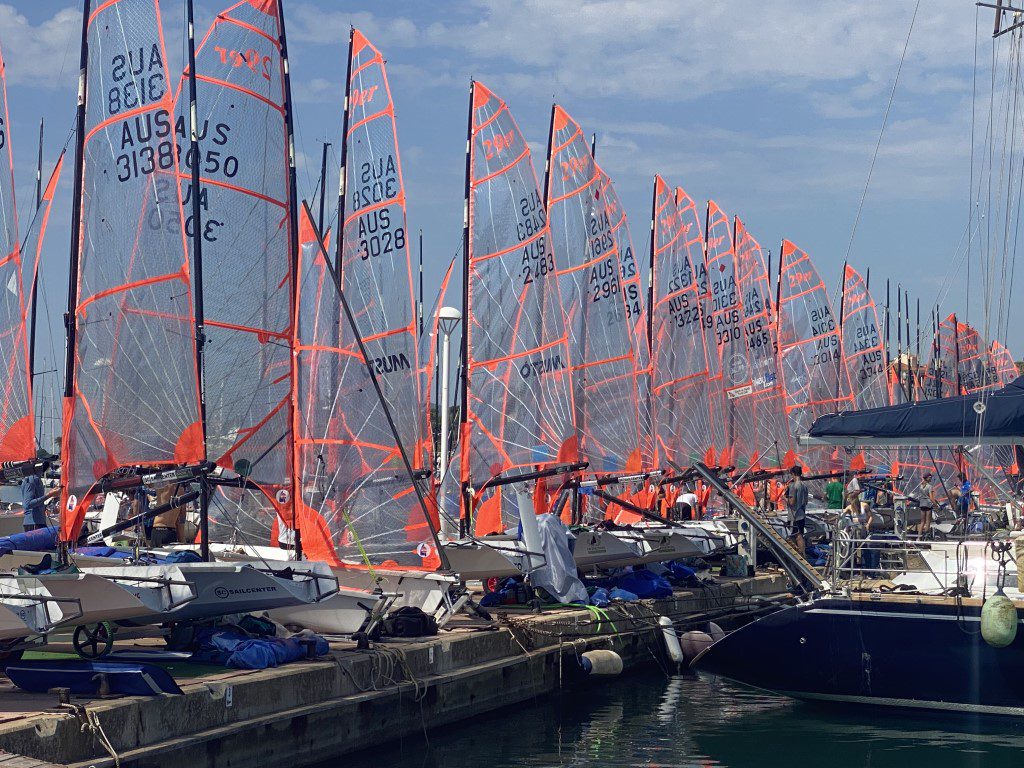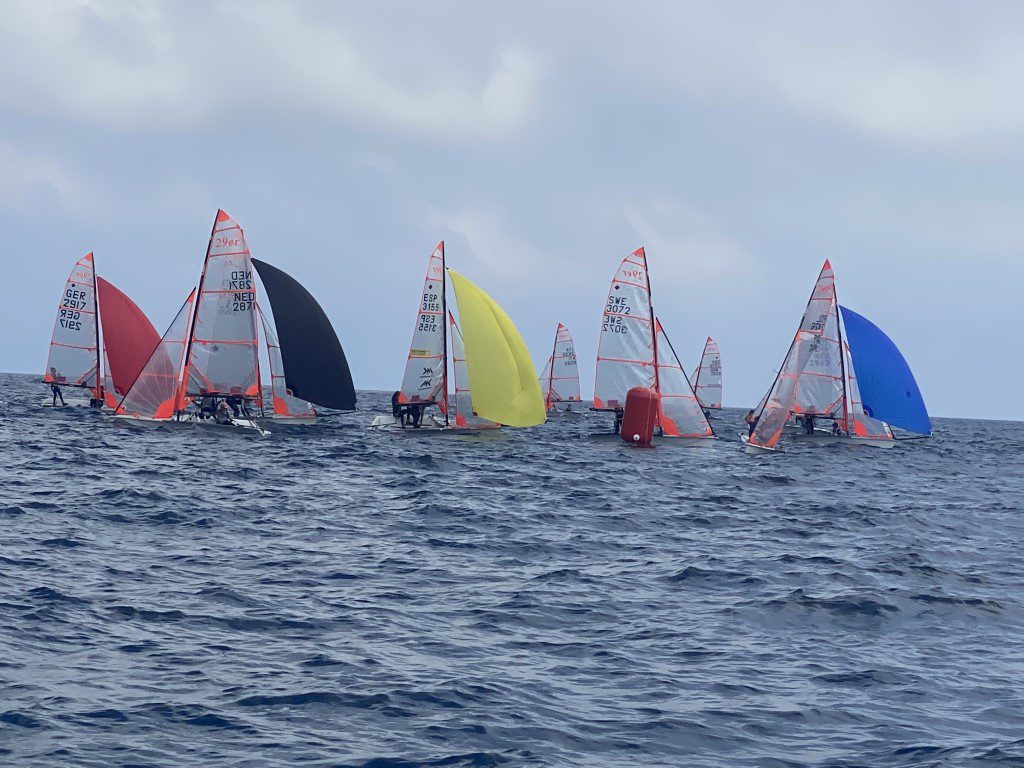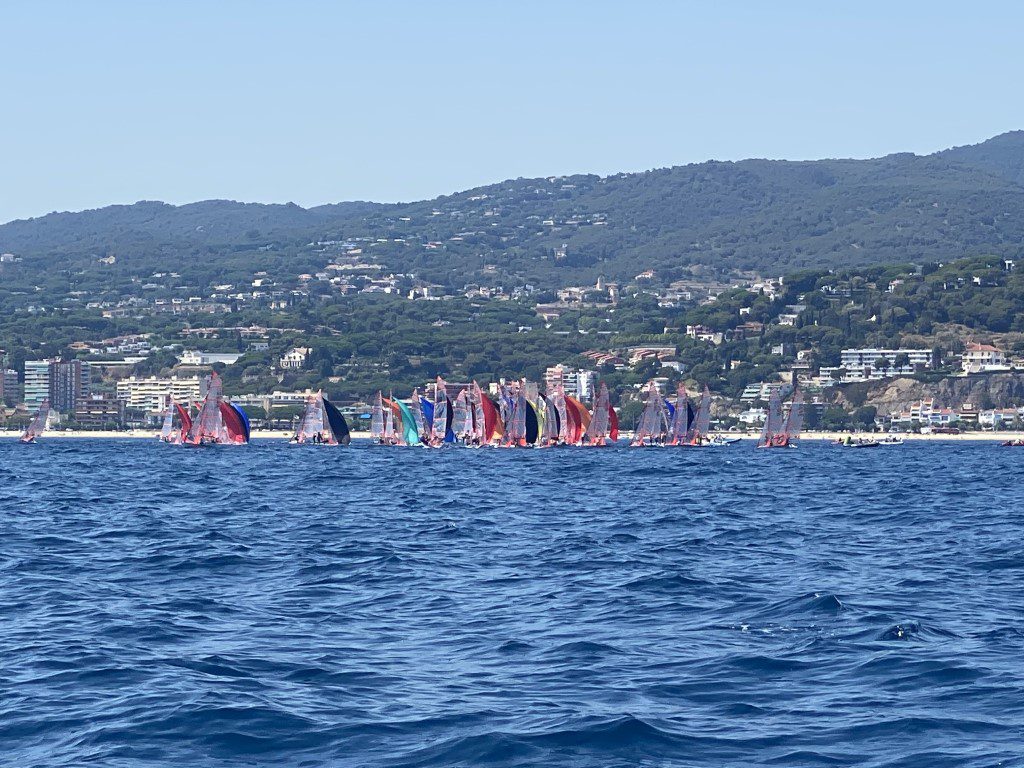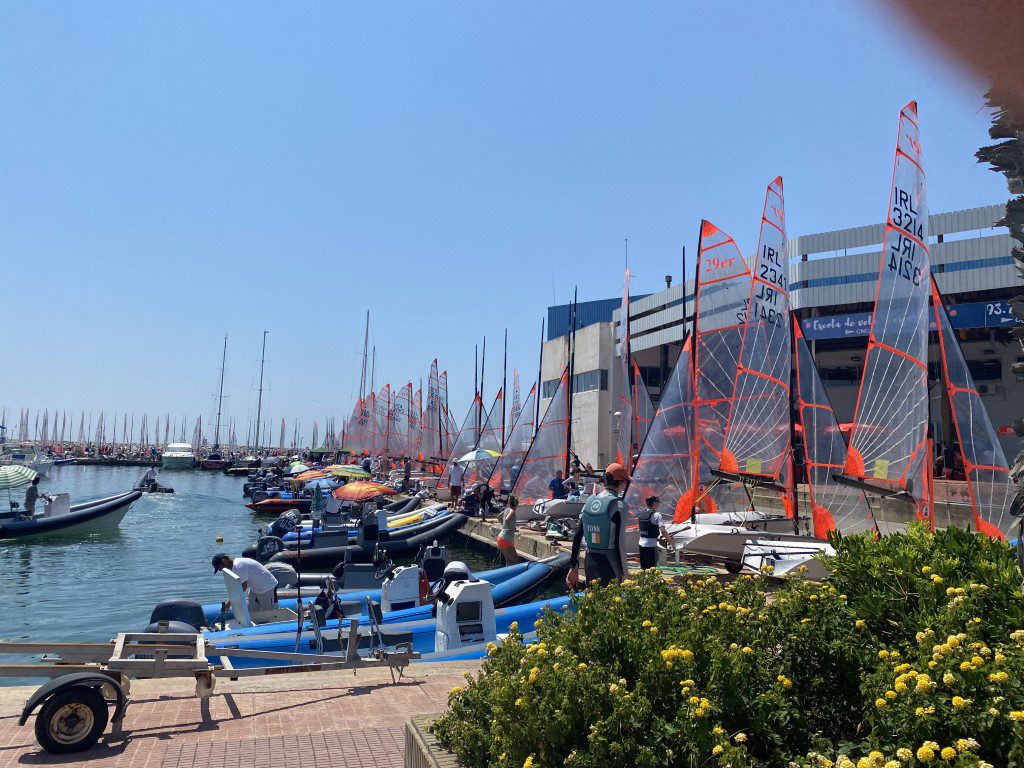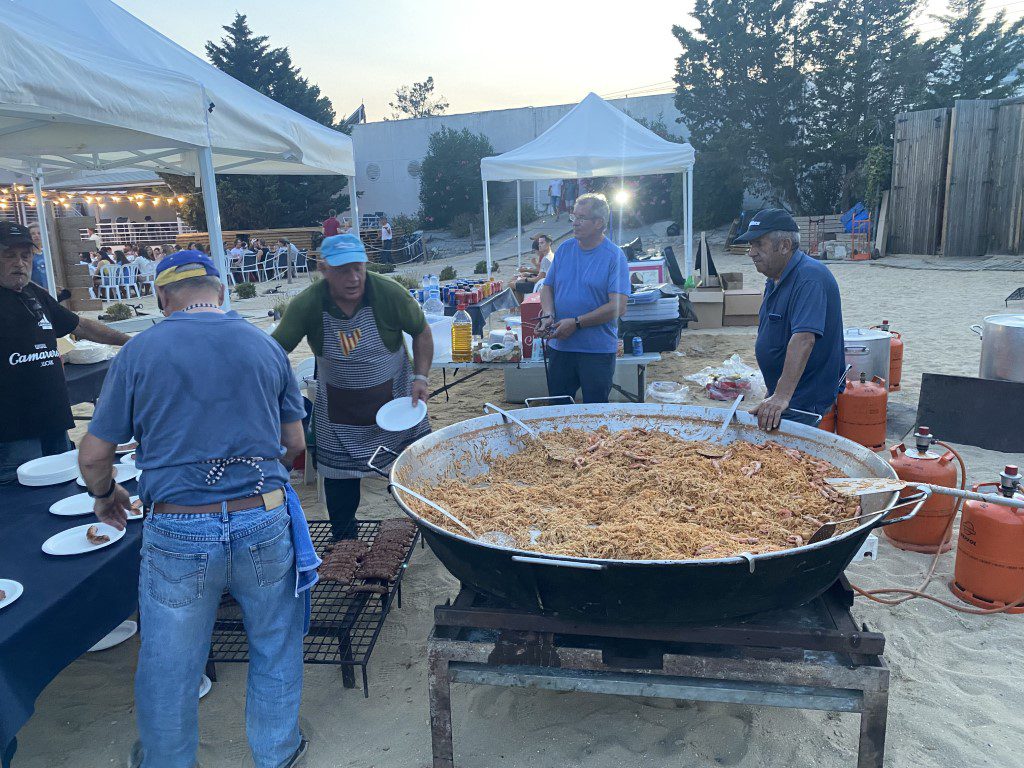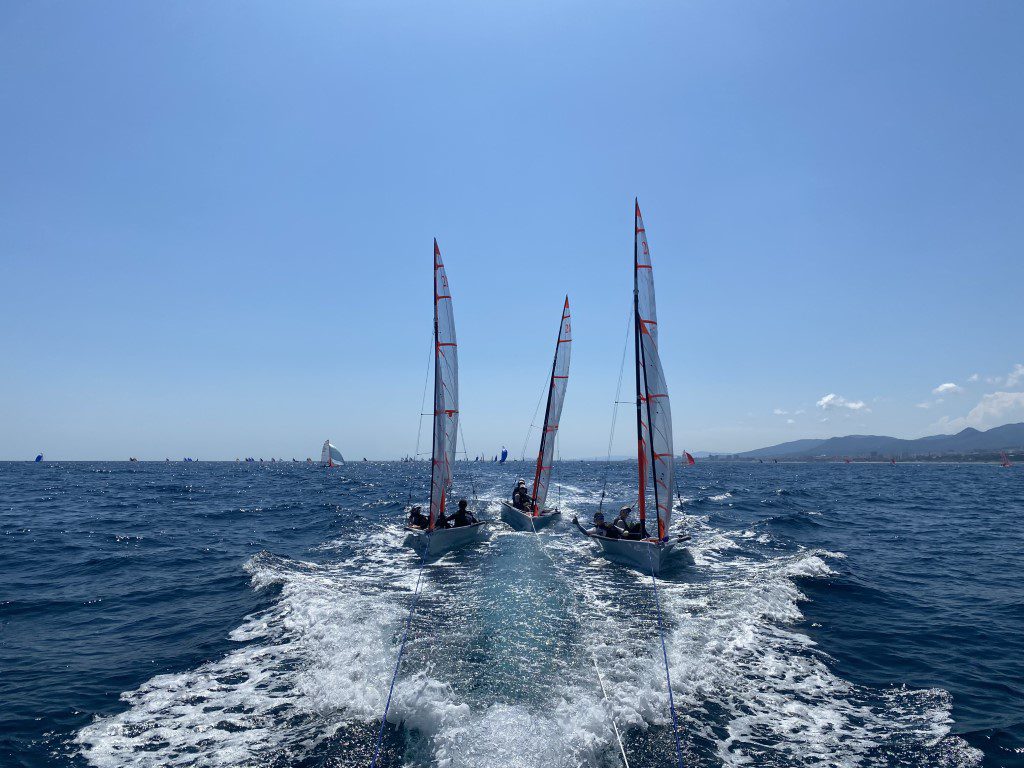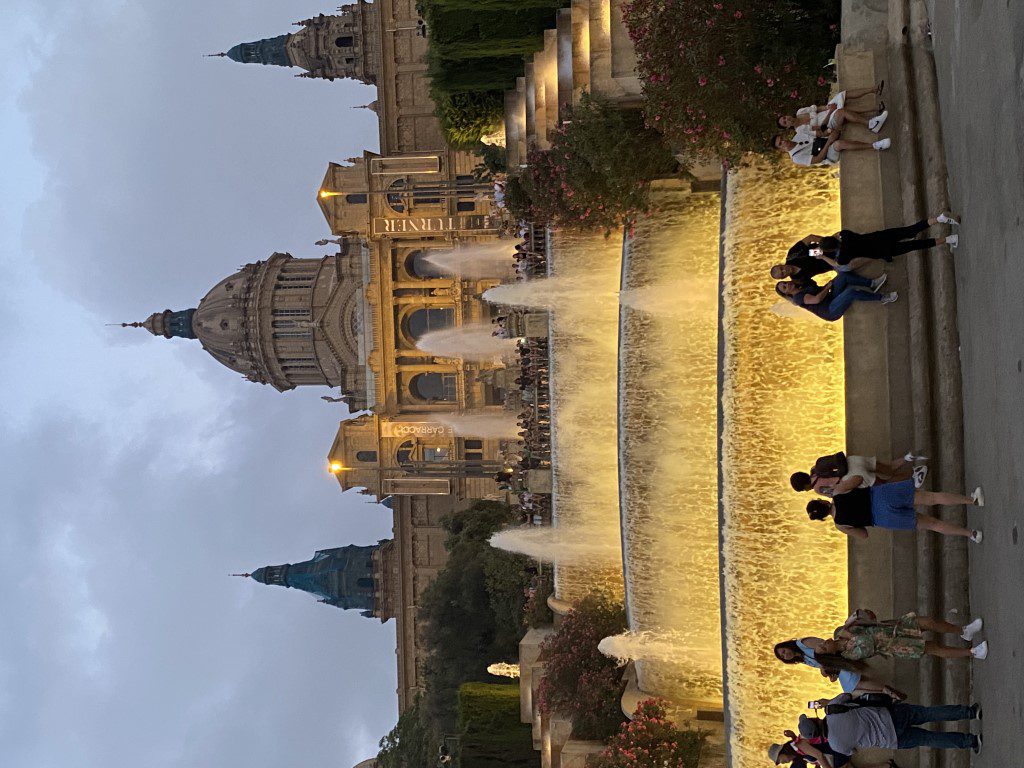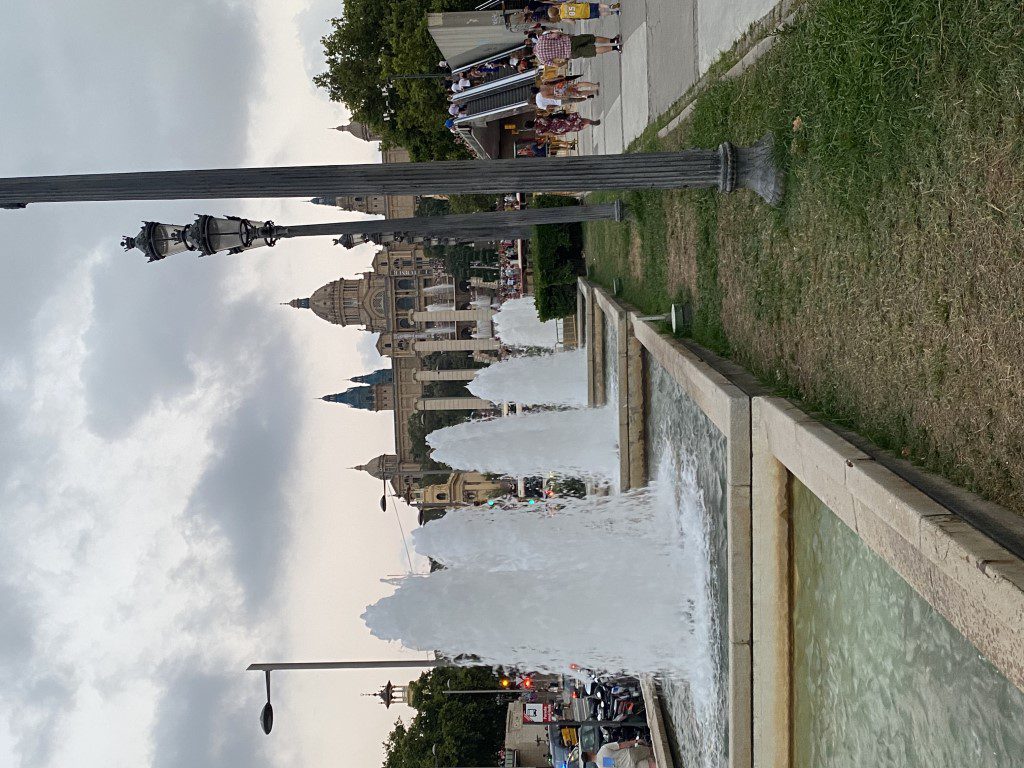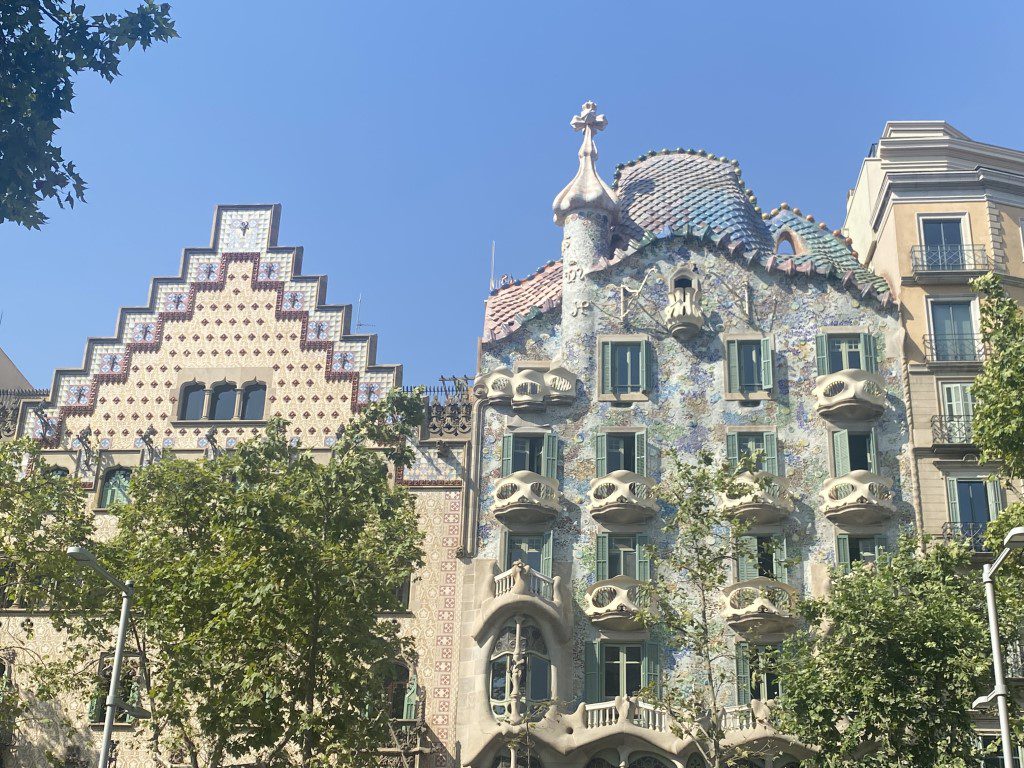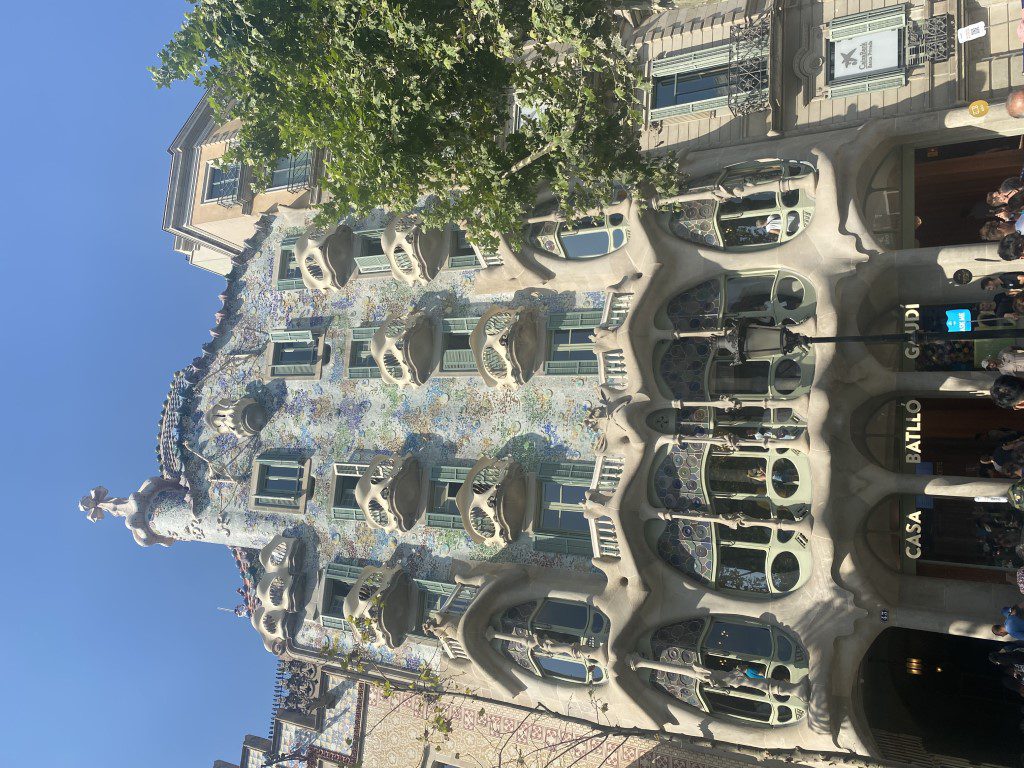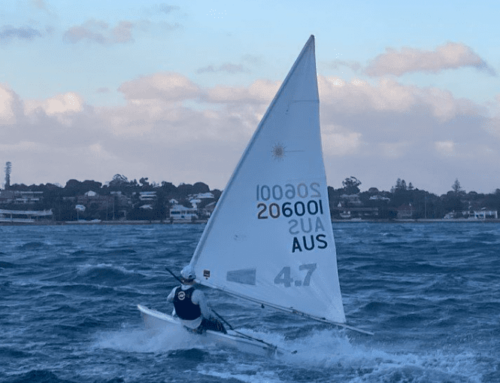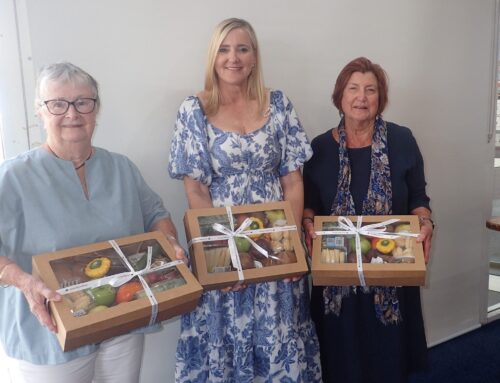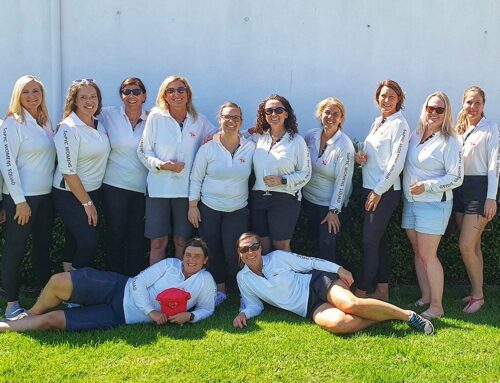29er World Championships 2022
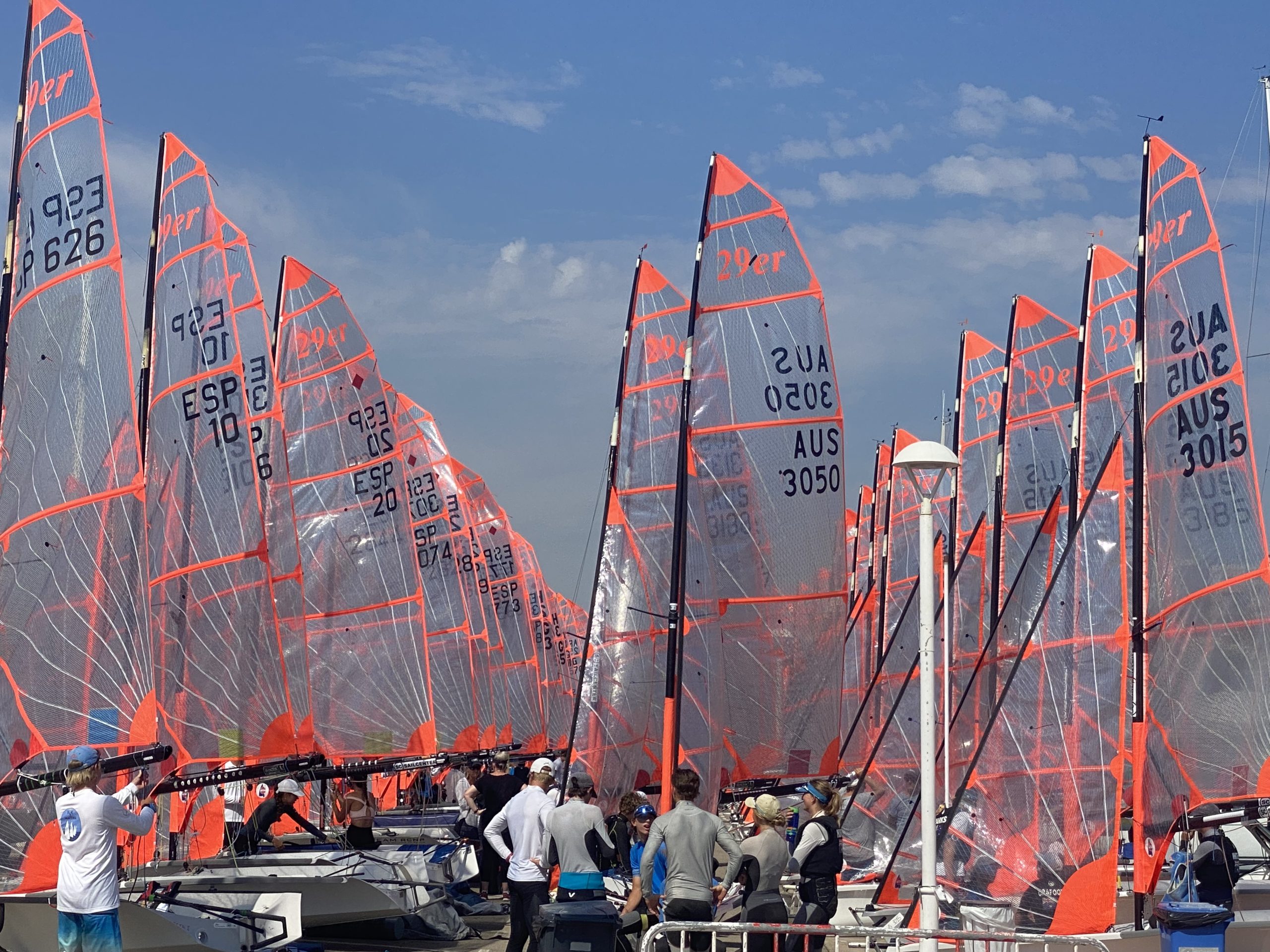
Ola. I’ve just returned from the 29er World Championships in El Balis Spain which is 1 hour up the coast from Barcelona.
It was fantastic to be able to travel again after 2 years of Covid isolation. For many young sailors, the Covid pandemic has altered their normal pathways they would have taken, and for many, it was their first or last chance to compete at a major primarily Youth Event.
It was the biggest 29er World Championship ever with 239 boats, which were split into six 40 boat fleets over three separate courses.
The regatta was superbly run by PRO David Cambell James who runs many high-profile events around the World.
The winds were generally very light between 5-10 knots with surprisingly choppy seas for that wind strength.
I was part of the coaching team for the Australian 18 boat squad, and it was great to work with the team and all collaborate and share ideas. You always learn a lot when surrounded by talent and this was no exception for the sailors and me. I certainly took away some changes and ideas to implement into the training at SoPYC.
We had 4 boats from WA competing and 2 of those from SoPYC.
What does a regatta like this look like?
Logistics
Well, firstly you need to be ready for an event like this. So, all the junior and youth training is essential to get the necessary skills to compete with the best 240 youth sailors from around the world. I always say we are in a race against time once sailors begin their sailing at around 8 years old to obtain as much skill as possible before their growth spurt kicks in, and they move on to more challenging boats like a 29er.
The conditions in Spain illustrated that maybe we need to accelerate the learning earlier in Australia. A lot of the teams were very small and competent young sailors. I think we tend to focus on strong winds a little too much in Australia, so this is something I’ll feedback into our training and development.
The 29er Class Association had a very well-organised and supportive parent group that engaged a team spirit that brought in support from Australian Sailing and Professional coaches. And of course, WAIS helping out the WA sailors as well.
Europe is very well setup for chartering new boats and coach boats, so that was all covered.
With other logistics taken care of we had a week of training to be ready for the racing.
Training – Pre Regatta Preparation
Our Lead Coach Traks Gorden who is the AS Futures coach for double-handed boats and a professional coach and sailor had some very good pre-regatta drills that got our sailors ready for the major critical parts of the course.
We always finished a session with practice races to consolidate each day’s skills. Training sessions were long, at least 3 hours on the water, to help prepare for the long regatta days to come.
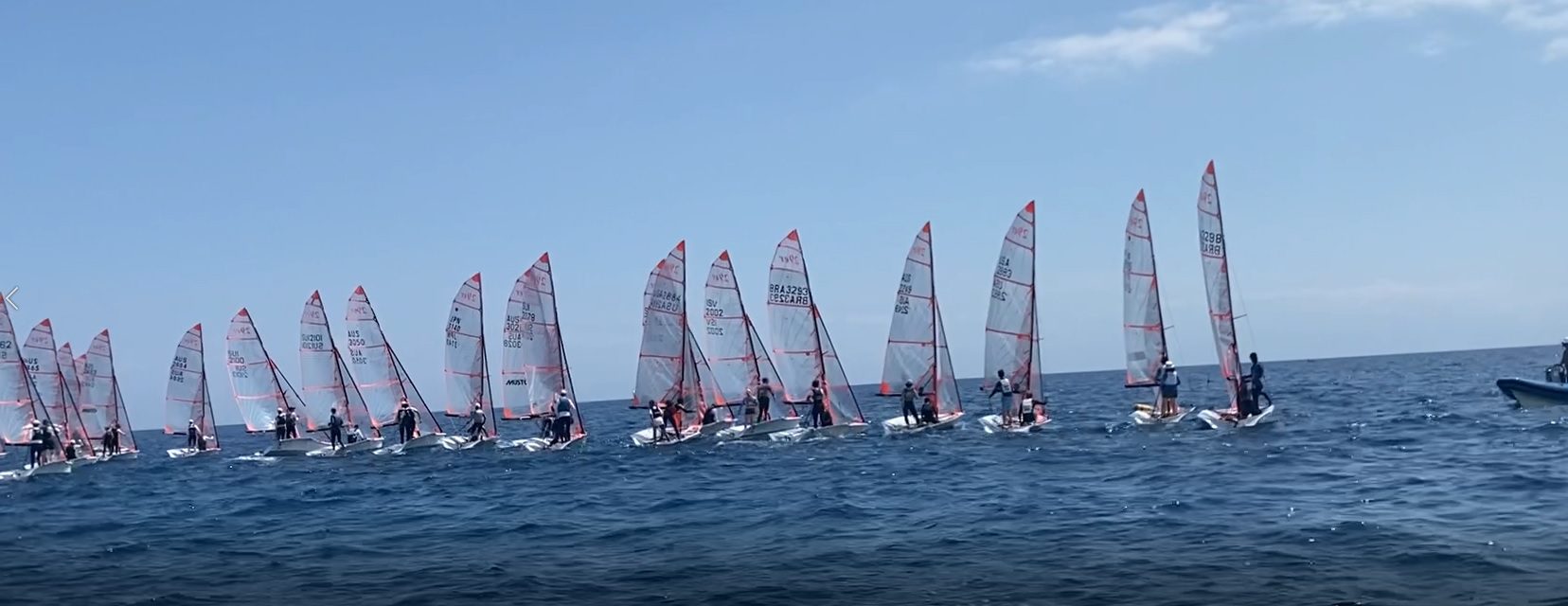
Weather
I organised weather guru Bruce Buckly to provide some intel on the venue so we could get our heads around the weather affecting the race course. Although Bruce was unavailable during the event, the lead-up information was valuable to understanding the influences. As an example I’ve posted a report here so you can see the level of detail.
In general, we had two sea breeze system that would be in play. The first and more common SW Seabreeze relies on the Mistral to blow offshore in Lyon France, which generates an eddy in the Mediterranean and comes back into Barcelona and El Balis as a sea breeze. The strength of the Mistral determines the strength of the SW sea breeze. Cloud effect also influences the strength, so observations were critical.
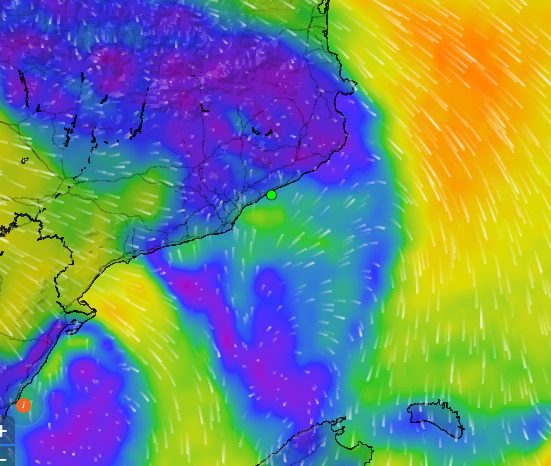
The other sea breeze occurs when there is no Mistral in France which instigates storms and air flow disruption inland from Spain. This sucks in an easterly sea breeze and is very much dependent on the airflow over the land. We had this on 2 occasions and both times resulted in thunderstorms over the land. Again close observation was essential.
Any other gradient breeze was possible but was really part of the Easterly Seabreeze system and not seen on our visit
Now that we knew the major influences, we could look out for oscillating breezes or persistent shifts. What this means is that if we are certain the breeze is in its predominate direction and there was a shift, we could look at influences such as cloud and make a high probability call that the breeze could be in an oscillating pattern and decide on a strategy to pick up the next shift or pressure band.
Generally, this is how it played out.
The winners came from oscillations or pressure bands on either or sometimes both sides of the course. The pressure bands often didn’t penetrate onto the course so you needed to commit to them or if playing the shifts, you also need to commit to gain the leverage across the course. Doing too many tacks in the middle was disastrous, so when being back in the pack and searching for clear lanes was a really difficult challenge.
Key Regatta Lessons
Some of the best lessons come from mistakes, so I’m sure the sailors came away with very valuable memories both good and bad. Some of the key items below will make their way into our training programs as a process of continually improving.
Shoulders
- Is a keyword for a particular posture and concept to make most movements a positive movement for performance, rather than a recovery movement.
Anticipation Skills
- Essentially is about embracing the concept of developing power fluctuation anticipation skills instead of power fluctuation reaction skills… One is significantly faster than the other, both upwind and downwind.
Always steer with heel angle, sail trim and then rudder in that order- Golden Rule
RULES at bottom mark gate – Golden Rule
- Plan A Get to the mark first
- Plan B Get inside overlap
- Plan C Follow inside overlap boat
- Plan D – Disaster No Plan D
When to Flog or Choke – More a specific Skiff rule
- The Choke is a short term stop
- The Flog is used to steer around waves and accelerate over the next set or flat spot
Overall the regatta was an awesome experience both in the sailing and experiencing another culture with like-minded new friends.
Below are some images from the regatta, around the venue and Barcelona in general whilst recovering from Jet lag on day 1.
